The world is in the midst of an electric revolution, and the boating industry is not immune. Amid an era focused on sustainable practices and environmental consciousness, electric boats have surged in popularity, providing a quieter, cleaner, and more efficient alternative to traditional gasoline-powered boats.
This guide serves as a comprehensive introduction to electric boats, examining their workings, advantages, and potential challenges. Whether you’re a potential boat owner or a curious enthusiast, you’ll find valuable insights on navigating the waters of electric boat ownership.
Table of Contents
Understanding the Basics of Electric Boats
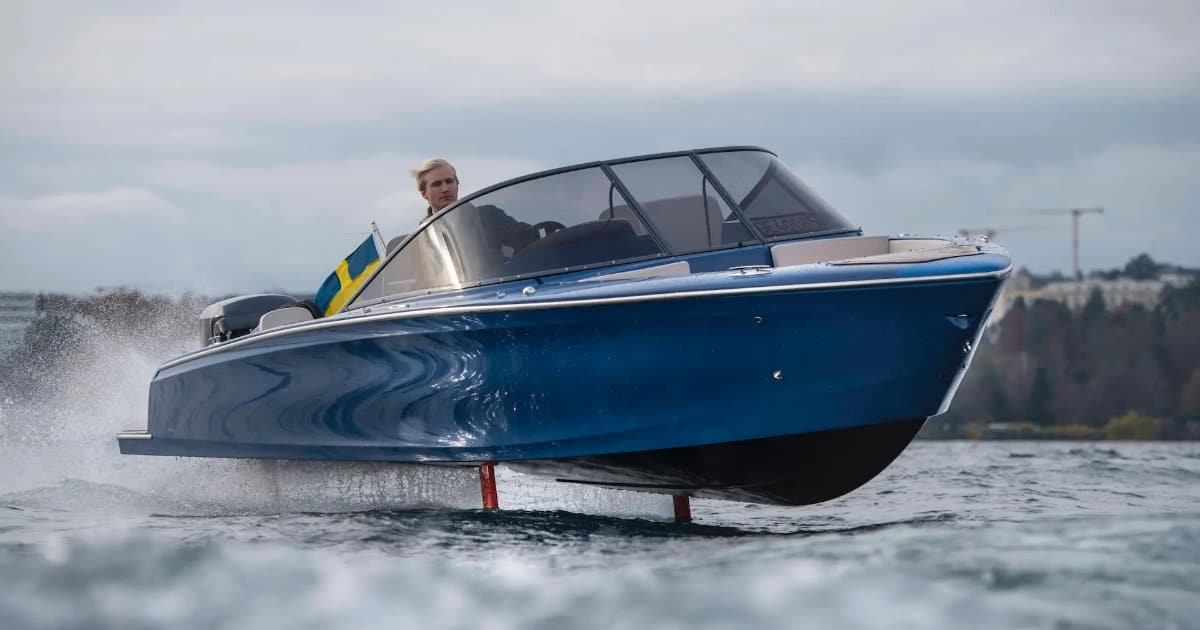
Electric boats, much like electric cars, operate using an electric motor powered by energy stored in batteries. Despite the complex technology that underlies their operation, the key components can be boiled down to four primary elements: the electric motor, batteries, controller, and the propeller.
The Key Components of an Electric Boat
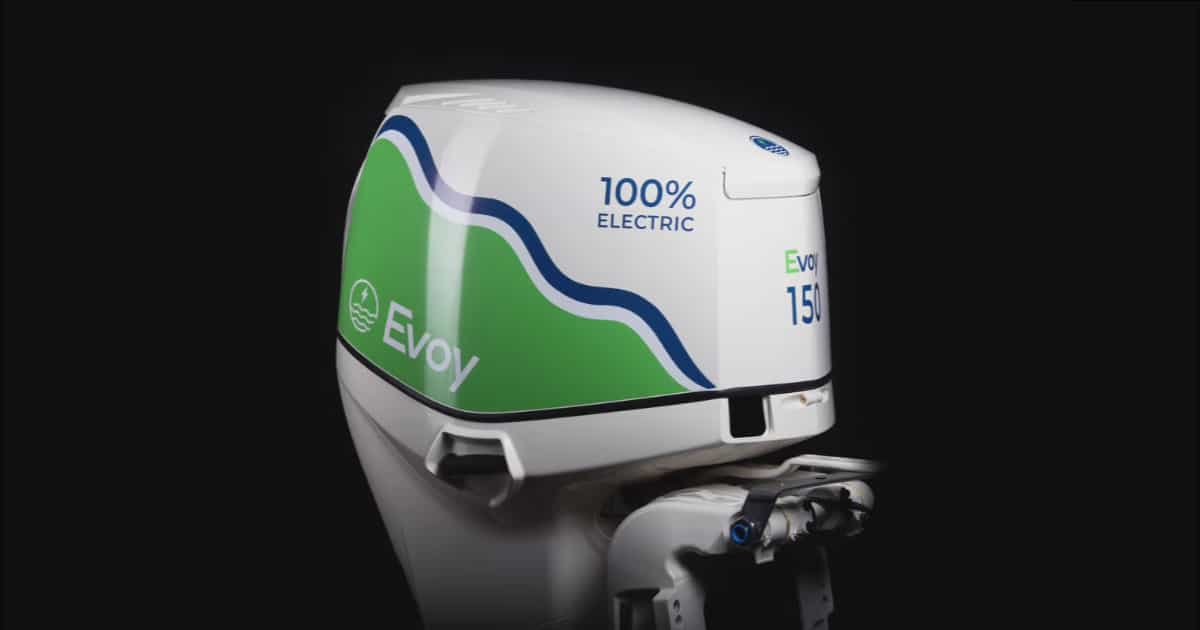
The Electric Motor of an electric boat is the heart of its propulsion system. It converts electrical energy into mechanical energy, providing the force needed to drive the boat forward. It’s worth noting that electric motors are significantly quieter and more efficient than their gasoline-powered counterparts.
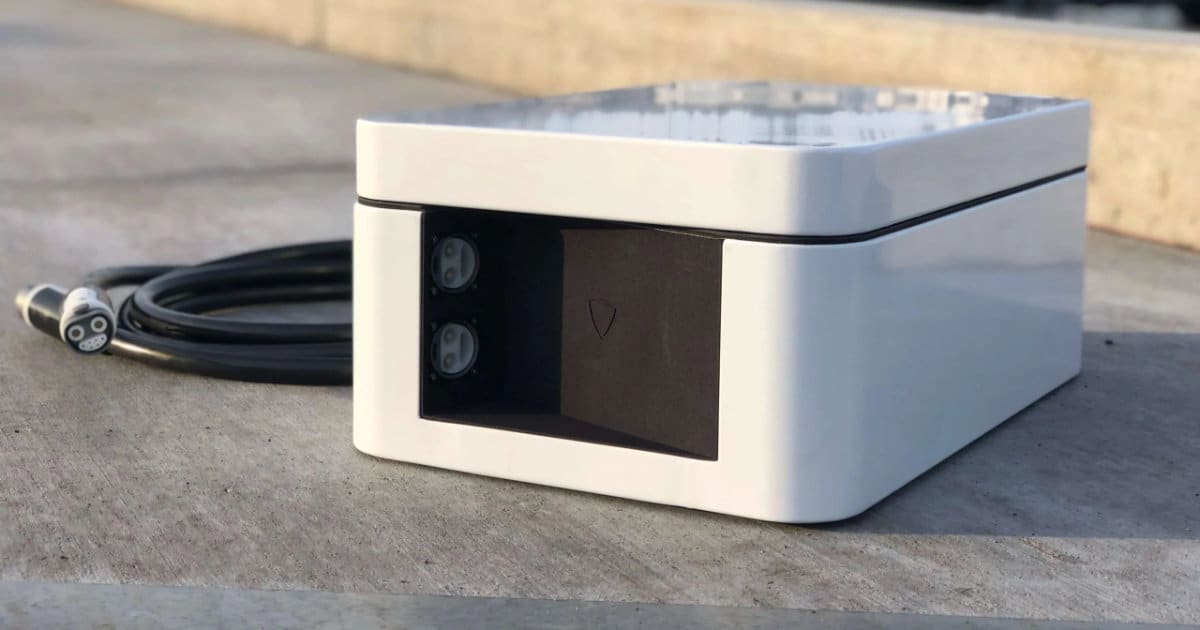
The Batteries serve as the boat’s energy reservoir. They store the electrical energy used by the motor, and their capacity significantly influences the boat’s range – that is, how far the boat can travel on a single charge. Today, most electric boats use either lead-acid or lithium-ion batteries, each with its own set of benefits and trade-offs.
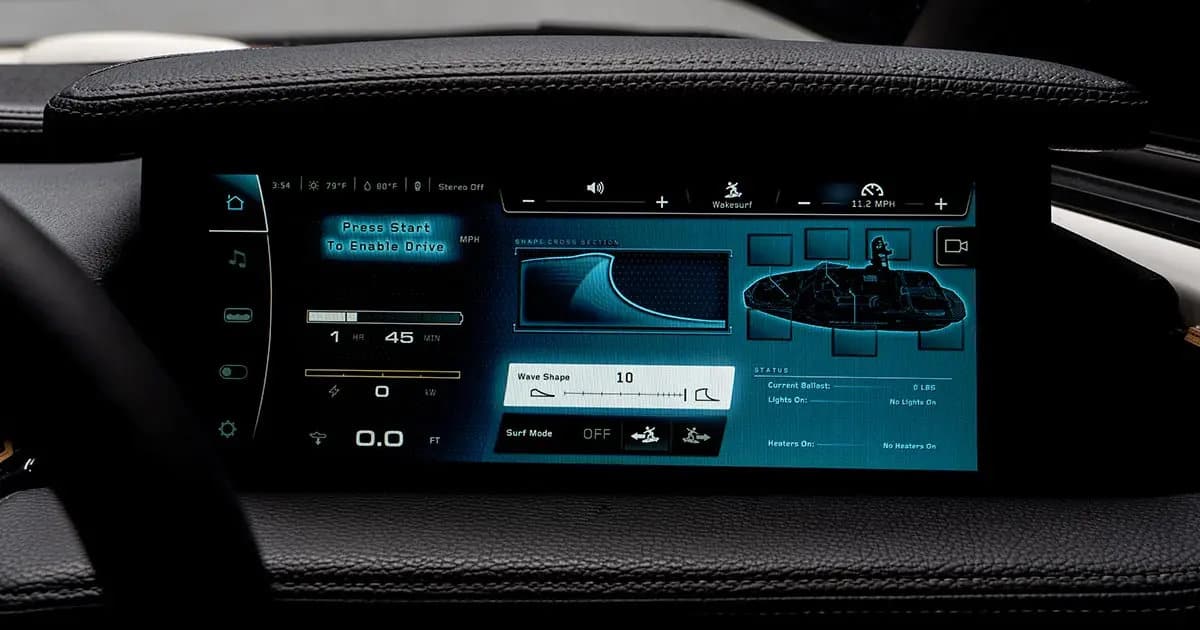
The Controller plays the crucial role of dictating the amount of electricity that the batteries deliver to the motor, thereby regulating the boat’s speed. It’s a vital component that ensures a smooth and safe ride, allowing you to speed up, slow down, or maintain a steady pace as desired.
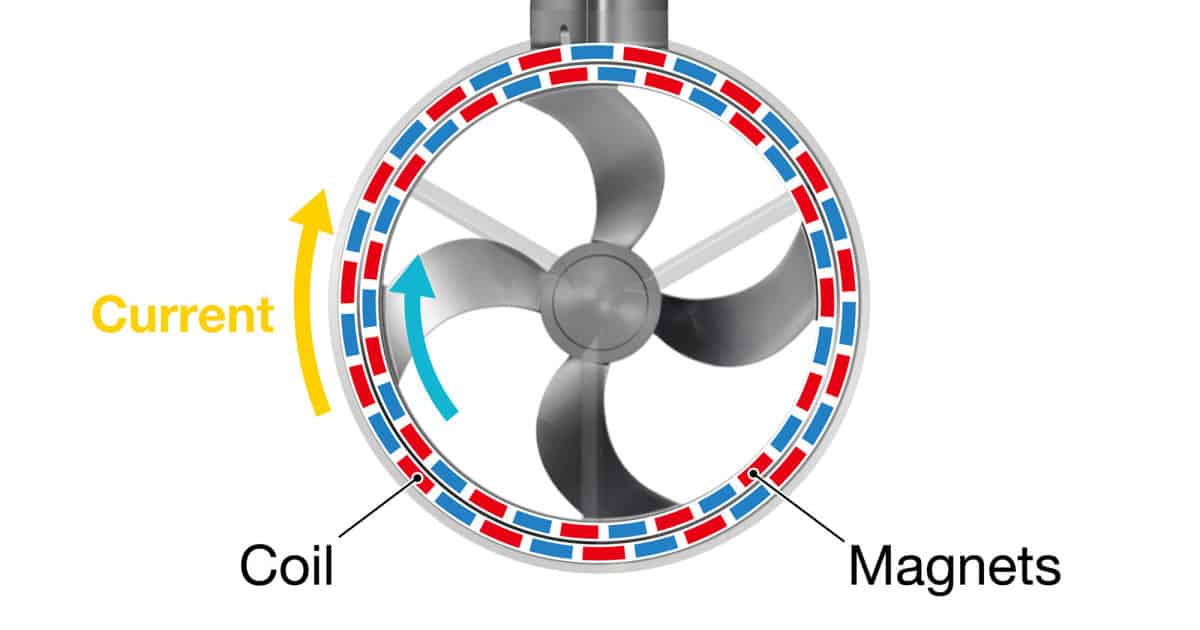
Finally, the Propeller is responsible for the actual movement of the boat. In electric boats, propellers are designed to operate at the lower RPMs (Revolutions Per Minute) characteristic of electric motors, ensuring efficient propulsion and energy use.
How Electric Boats Work
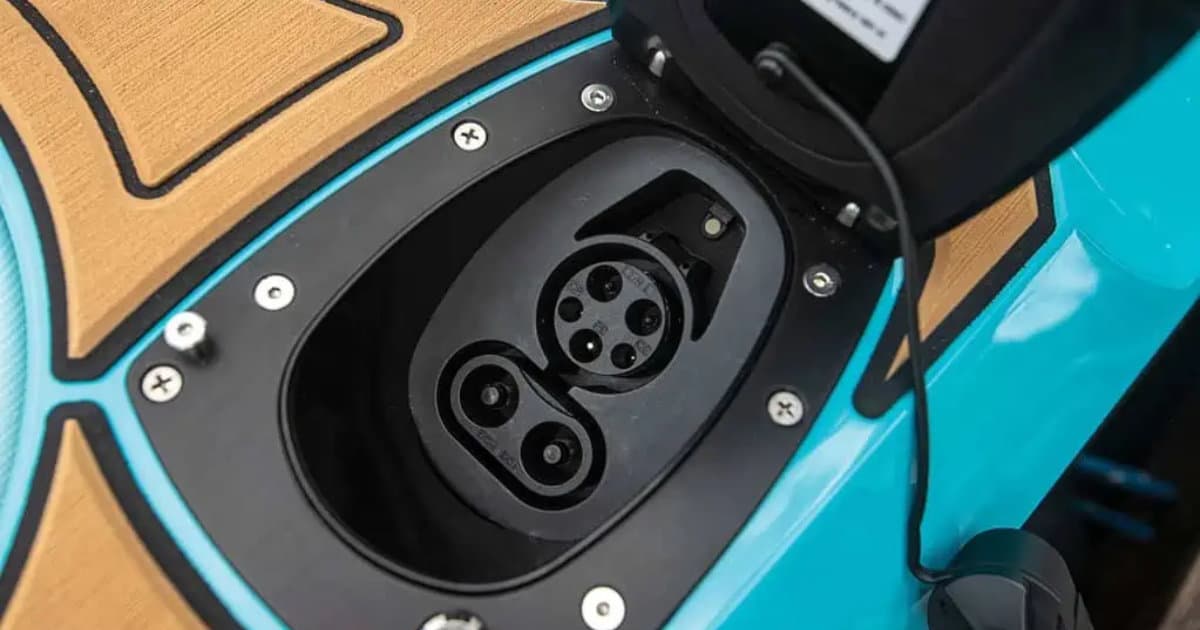
Now that we’ve examined the key components, let’s discuss how they come together to power an electric boat.
Firstly, the batteries must be charged using an external power source. Once fully charged, they store the electrical energy used to run the motor. When the boat is in operation, the controller dictates the amount of electricity delivered from the batteries to the motor. The motor, in turn, converts this electrical energy into mechanical energy, causing the propeller to spin and propel the boat forward.
Advantages and Disadvantages of Electric Boats
Like any technology, electric boats have their share of advantages and disadvantages, which any potential owner should understand.
Advantages of Electric Boats
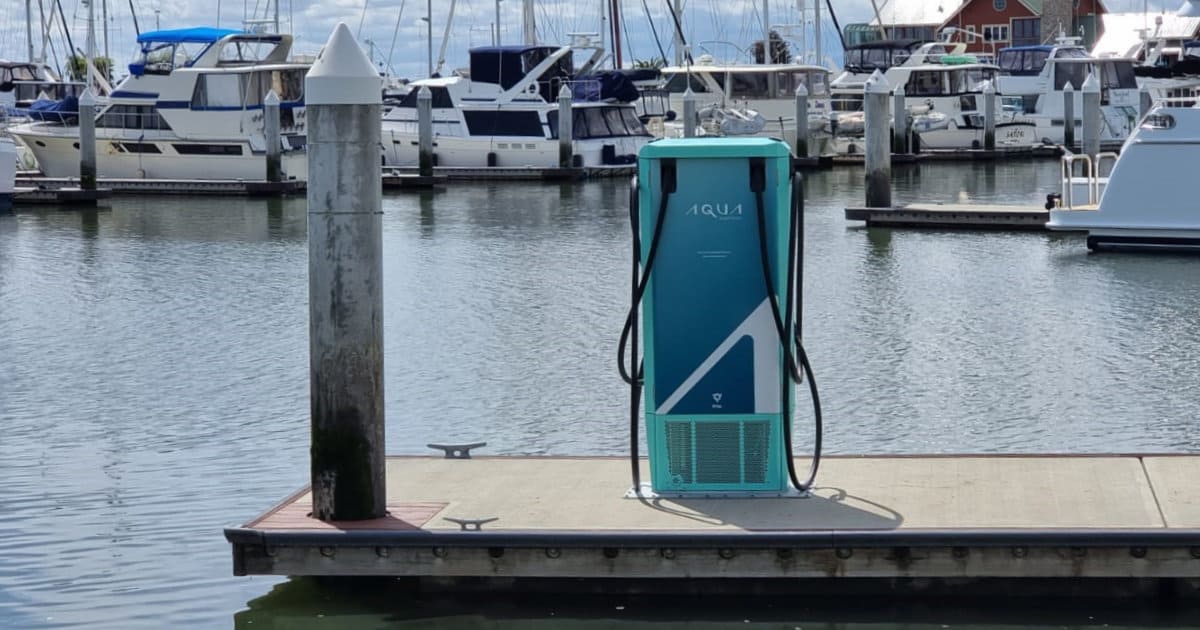
One of the most apparent advantages of electric boats is their Lower Emissions. By operating on stored electrical energy rather than burning gasoline or diesel fuel, they significantly reduce carbon dioxide emissions, contributing to cleaner air and helping mitigate the impact of climate change.
Electric boats also offer Reduced Noise. The quiet operation of electric motors results in a less disruptive boating experience, which not only makes your trip more enjoyable but also helps reduce noise pollution in sensitive marine areas.
Furthermore, electric boats generally require Lower Maintenance. Electric motors have fewer moving parts compared to combustion engines, reducing the risk of mechanical breakdowns and the need for frequent maintenance.
Disadvantages of Electric Boats
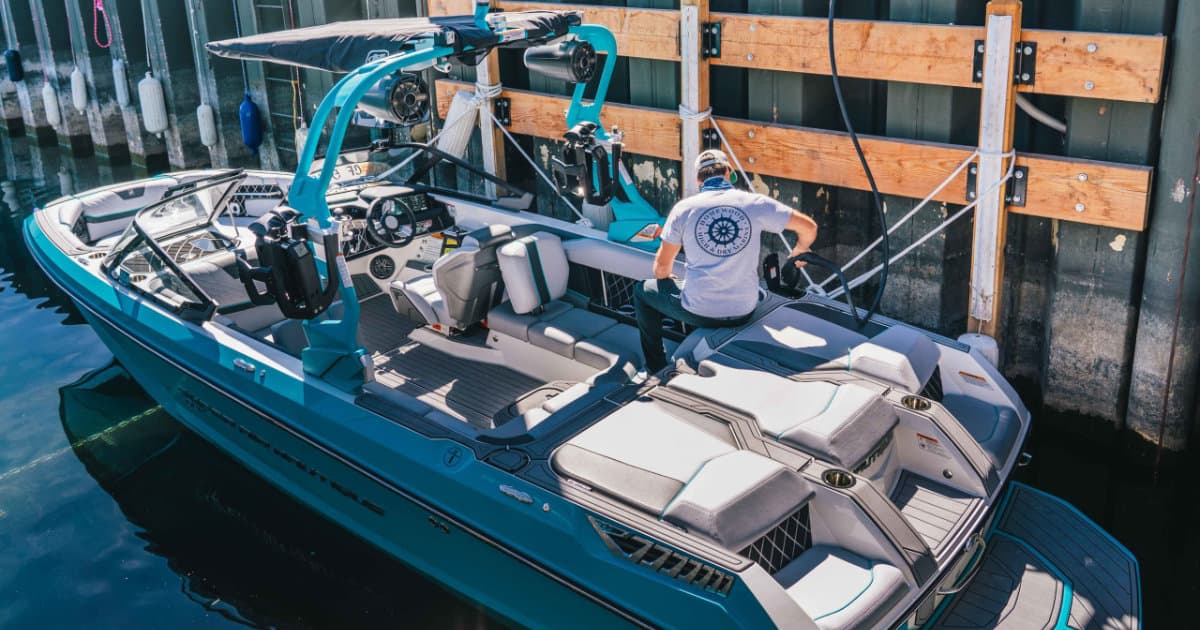
Despite their numerous advantages, electric boats do present a few challenges. A prominent issue is their Limited Range, as the distance they can travel on a single charge is often less than that of a gasoline-powered boat.
Electric boats also face Longer “Refueling” Times. Charging batteries, especially to full capacity, generally takes longer than refueling a traditional boat with gasoline. This factor can pose a challenge for long trips or consecutive days of boating.
Lastly, electric boats often come with Higher Upfront Costs. Advanced technology and premium batteries can drive up the initial purchase price, though the lower maintenance and operational costs may offset this over time.
How to Operate an Electric Boat
Operating an electric boat is a unique experience that offers both joys and challenges. From mastering the controls to observing safety protocols, there’s a lot to learn.
Basic Boat Operation

The basic operation of an electric boat involves starting the boat, steering it, and bringing it to a stop. When you start the boat, electricity from the batteries flows to the motor, turning the propeller. Steering an electric boat is similar to steering a traditional one, using either a wheel or tiller. Slowing down or stopping involves reducing the electric flow to the motor, causing the propeller to slow down.
A significant difference between electric and gasoline-powered boats is how they respond to throttle changes. Electric boats deliver instantaneous torque, meaning you’ll feel an immediate response when you increase the power. Conversely, reducing power also results in an immediate decrease in speed.
Safety Measures and Best Practices

Like any vessel, safety should be a top priority when operating an electric boat. Life jackets are a must, and you should always have signaling devices like flares on board.
Furthermore, because electric boats run on batteries, you should always keep an eye on the battery charge level. Running out of charge in the middle of a body of water can lead to tricky situations. Therefore, planning your trip with your boat’s range in mind is essential.
Maintenance of Electric Boats
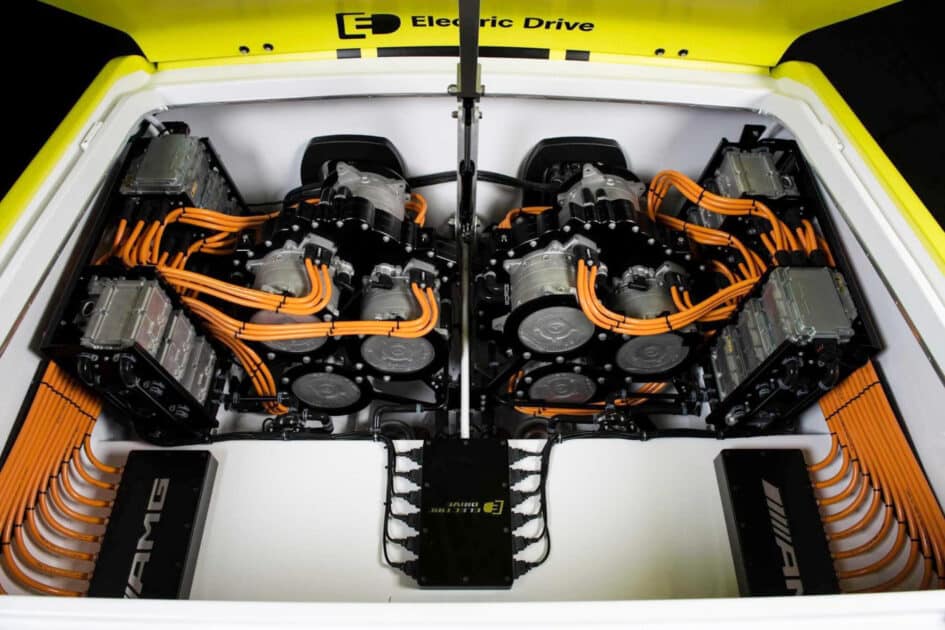
Proper maintenance is key to ensuring your electric boat performs well and has a long life.
Battery Care and Maintenance
The batteries of your electric boat will require routine checks and cleaning to ensure they are in good working condition. Corrosion at the battery terminals can hamper performance, so regular cleaning is necessary. Additionally, proper charging practices are crucial. Overcharging or deep discharging your batteries can significantly reduce their lifespan, so it’s best to follow the manufacturer’s instructions.
Motor Maintenance
Unlike their gasoline-powered counterparts, electric boat motors require less maintenance. However, regular checks can prevent problems from escalating. Be vigilant for any unusual noises, and don’t hesitate to seek professional help if you notice any issues.
Electric Boat Batteries: Types and Lifespan
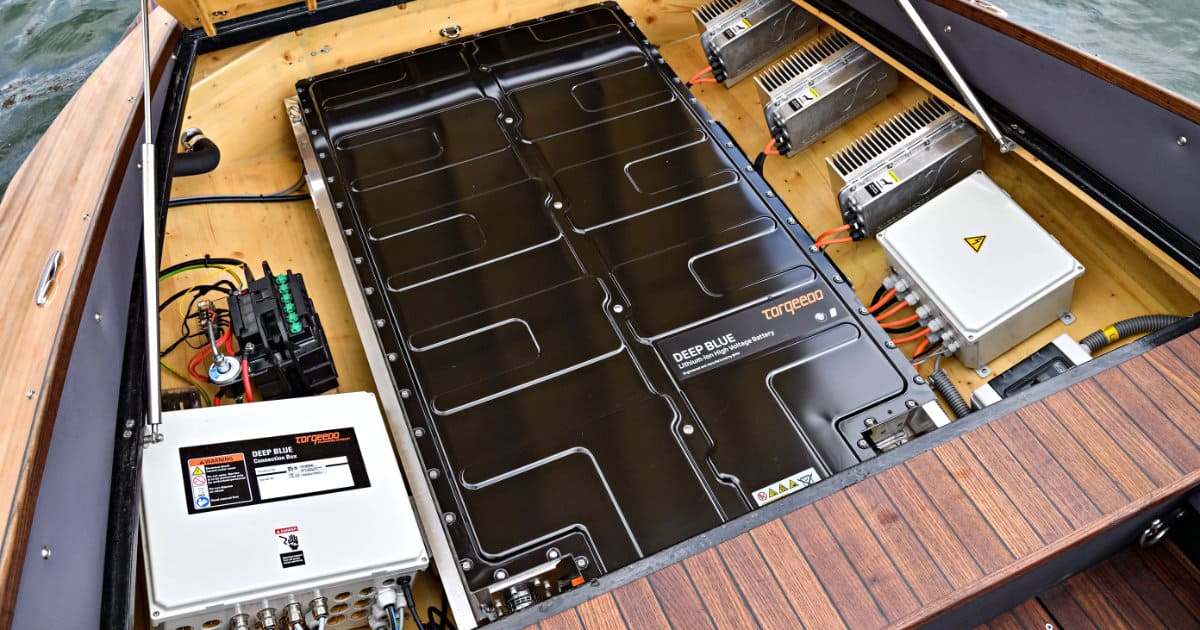
There are several types of batteries used in electric boats, each with its own advantages and disadvantages.
Different Types of Batteries Used in Electric Boats
Lead-acid batteries are a common choice due to their affordability, but they’re also heavier and have a shorter lifespan compared to other types. Lithium-ion batteries, on the other hand, are lightweight and have a longer lifespan, but they come at a higher cost.
Charging Requirements
When it comes to charging your boat’s batteries, the type of charger and charging station you use matters. Always use a charger that matches your battery type to avoid damage.
Licensing and Insurance for Electric Boats
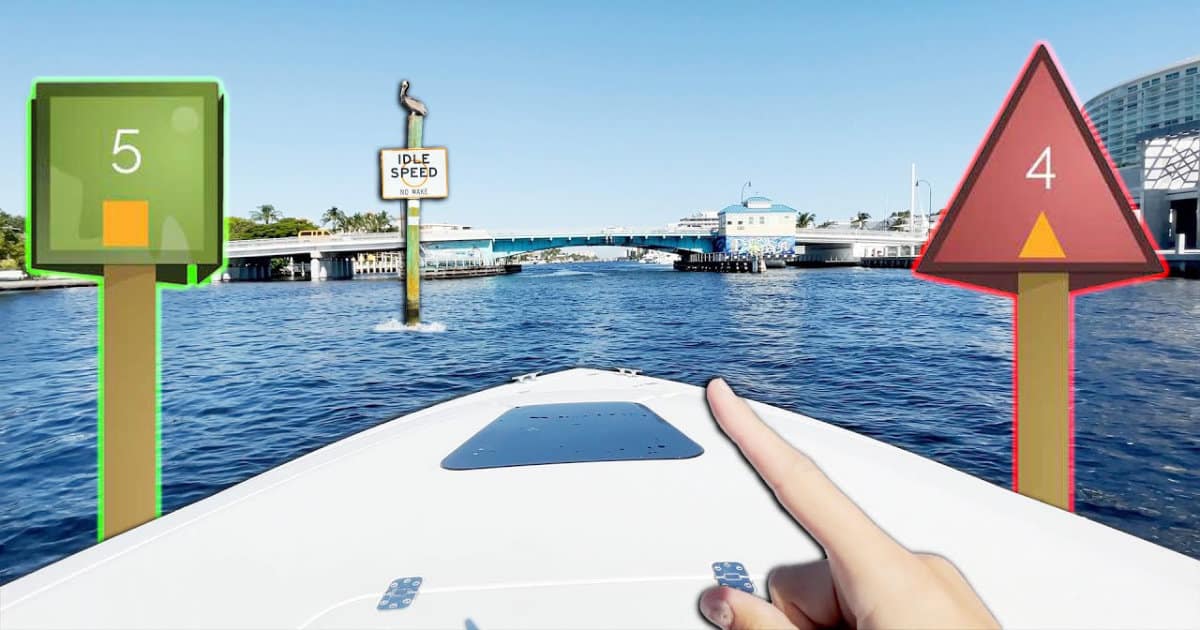
Navigating the legal aspects of boat ownership can be a complex task. However, understanding the basics can help you stay in compliance and avoid unnecessary trouble.
Licenses and Permits
The requirements for operating an electric boat vary depending on the region. It’s essential to check with your local authorities to understand the necessary qualifications and how to obtain them.
Insurance Requirements
Insurance for an electric boat is not just a prudent decision – it’s often a legal requirement. Coverage can protect you from financial liability in case of accidents and damage.
Cost of Owning an Electric Boat
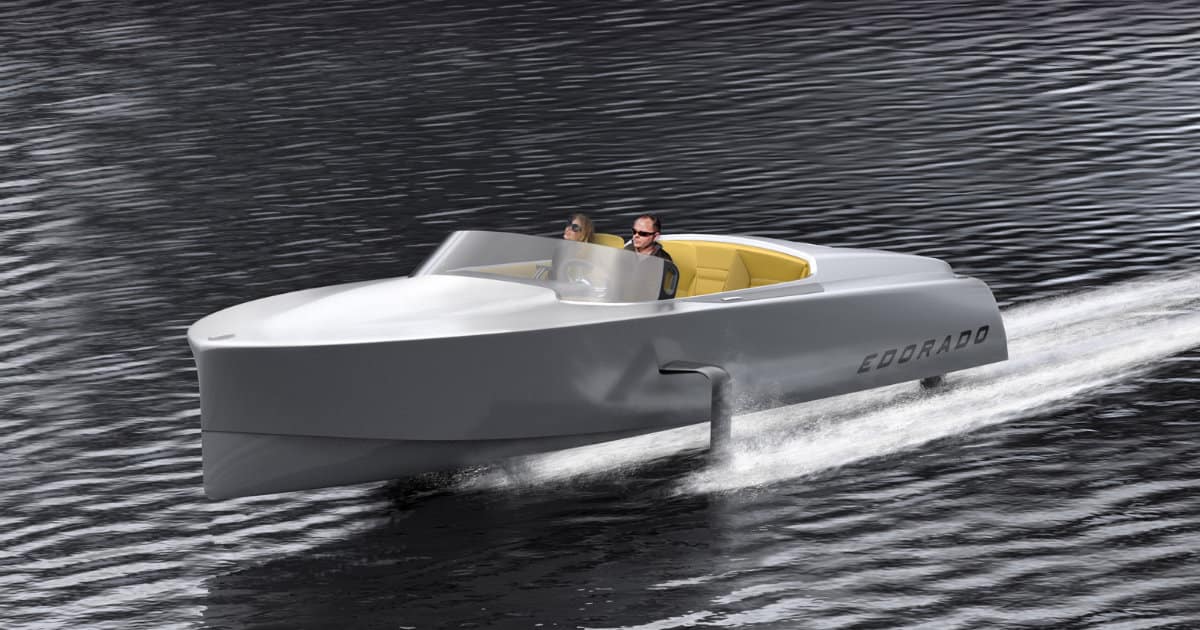
The cost of owning an electric boat involves more than just the initial purchase price. Maintenance, charging, and potential replacement costs also factor into the total cost of ownership.
Initial Purchase Cost
The price of an electric boat can vary widely, with premium models reaching into the hundreds of thousands of dollars. However, there are also many affordable models on the market, particularly suited for beginners.
Ongoing Costs
While electric boats have lower operational costs compared to gasoline-powered boats, there are still ongoing costs to consider. Battery replacement, regular maintenance, and charging costs all add to the overall cost of owning an electric boat.
Environmental Impact of Electric Boats

As concern for our environment grows, the shift towards more sustainable practices is imperative. Electric boats have a significant role to play in this movement.
Benefits to the Environment
Electric boats contribute to a cleaner environment by producing zero emissions during operation. Unlike gasoline-powered boats, which can leak oil and other pollutants into the water, electric boats significantly reduce water pollution.
Long-Term Sustainability
Electric boats are a testament to the possibilities of sustainable transportation. With continual advancements in battery technology and renewable energy, the potential of these vessels is enormous. As we move towards a greener future, the role of electric boats is set to become increasingly prominent.
In conclusion, electric boats offer a fascinating blend of technology, sustainability, and recreation. They provide a gateway to a quieter, cleaner, and more eco-friendly boating experience. This beginner’s guide serves as a launching pad into the world of electric boats, but there’s always more to learn and discover. Happy boating!
Frequently Asked Questions About Electric Boats
The range of an electric boat on a single charge depends on several factors, including the boat’s battery capacity, the speed at which you’re traveling, and the boat’s design and weight. On average, electric boats can typically travel between 20 to 50 miles on a single charge, but some models with advanced battery systems can go even further.
Charging time for an electric boat’s battery can vary widely depending on the type of battery and the power output of the charging station. On average, charging from empty to full can take anywhere from 4 to 10 hours. However, rapid charging technologies are being developed, which could significantly reduce charging times in the future.
Electric boats require less maintenance compared to traditional gasoline-powered boats due to their simpler mechanical systems. The most crucial aspect to maintain in an electric boat is the battery. Regular checks, proper cleaning, and adherence to charging guidelines can significantly enhance battery life. The electric motor also requires periodic checks, but it generally needs less maintenance.
Yes, electric boats are indeed better for the environment compared to traditional gasoline-powered boats. Electric boats produce zero emissions during operation, significantly reducing air pollution. Moreover, they don’t leak oil or other pollutants into the water, thereby minimizing water pollution. With their quiet motors, they also reduce noise pollution, contributing to a healthier marine ecosystem.
Electric Boats in The News
BMW Collaborates With Tyde On Stunning 44 Ft Electric Boat
Axopar Invests in Evoy, Accelerating the Shift Towards Electric Boating
Hurtigruten Norway Debuts Groundbreaking Zero-Emission Electric Cruise Ship
Sources
Candela: Website
Duffy Electric Boats: Wesbite
Navier: Website
Say Carbon Yachts: Website
X Shore: Website



